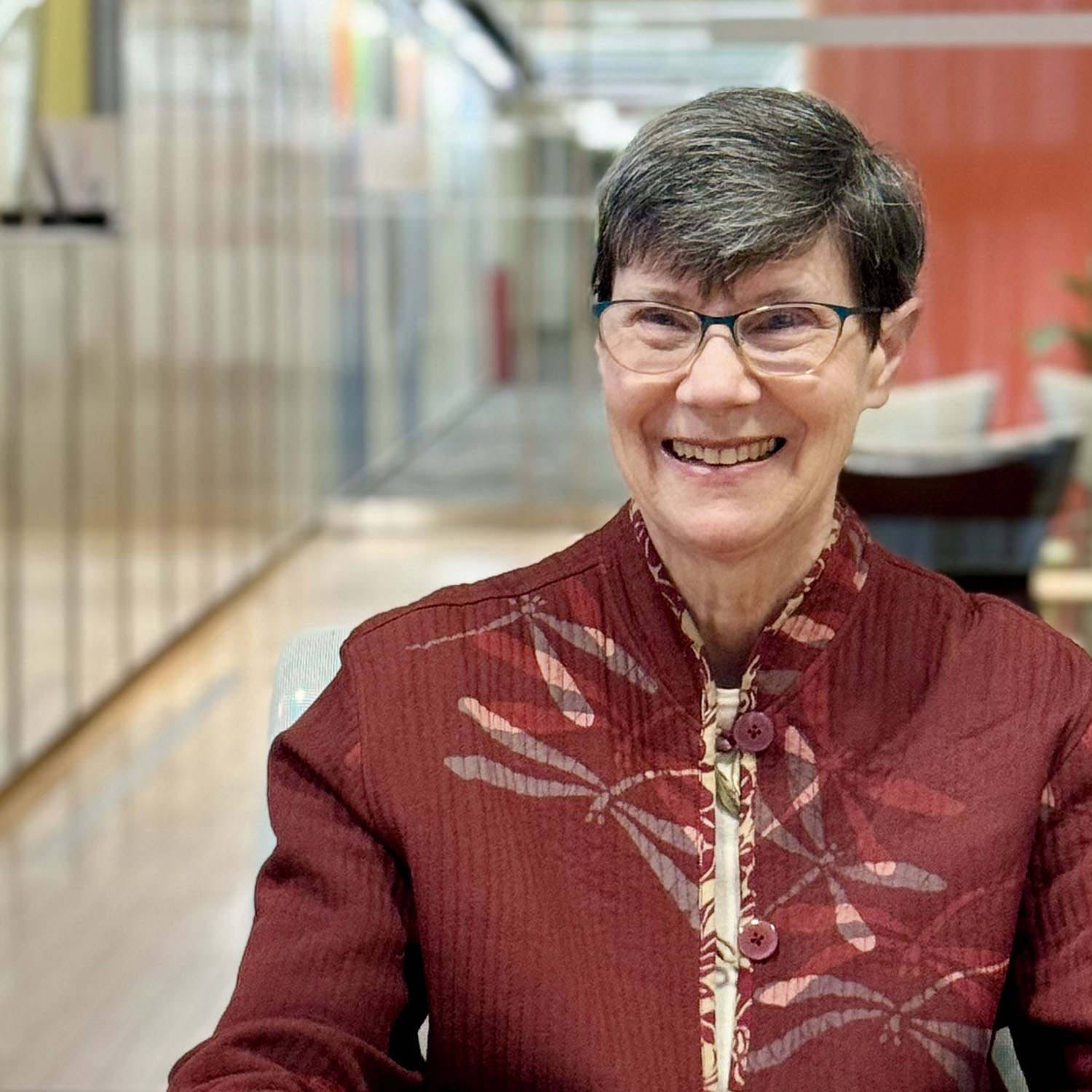The Promise of Applying a Whole Person Framework to Pain
Director’s Page
Helene M. Langevin, M.D.
September 30, 2024
It was a privilege to attend and present at the recent IASP 2024 World Congress on Pain. The meeting convened leading researchers from around the world to discuss the latest scientific developments, ideas, and perspectives on how to drive meaningful improvements in pain prevention and treatment.
During my plenary presentation, I reflected on current gaps and opportunities in the pain research field. While we have made significant progress in putting together many pieces of the pain puzzle, the task is far from finished. Some parts of the puzzle are not connected as well as they could be, and others may be missing altogether. For example, we need to understand how to promote the body’s innate abilities to resolve pain using a whole person approach, in addition to developing new and better analgesics.
The importance of a whole person framework was illustrated in an especially interesting presentation at IASP 2024. Dr. Anders Pedersen Årnes of the University Hospital, North Norway, shared intriguing findings from his team’s research, leveraging the landmark prospective population-based Tromsø Study from Norway to explore the impact of physical activity on chronic pain. The Tromsø study is remarkable in many ways, especially that it has involved a majority of the Tromsø population as a continuous cohort since the 1970s, with the latest cohort representing 65 percent of the population.
As part of Dr. Årnes’s research, tens of thousands of individuals have undergone detailed pain phenotyping including quantitative sensory testing, as well as detailed monitoring of physical activity. An interesting finding from the team’s research is that increasing amounts of leisure-related physical activity were associated with reduced chronic pain and that positive emotions associated with the physical activity mediated its beneficial effects.
Hearing Dr. Årnes discuss his research on the links between leisure time physical activity and pain prompted me to reflect on the importance of adapting to our surroundings. As someone who grew up in Canada, I know that living in a cold climate, where winter days are short, can come with some challenges. Extended periods of darkness can affect mood and impose limitations on being physically active (especially outdoors).
But anyone living in Canada or communities like Tromsø can attest to the many unique ways people can navigate their environment. Northern communities are adept at building amenities that allow people to stay physically active outdoors, like well-lit trails, parks, and rinks that help people engage in snow sports and other activities that work with the weather, not against it. These adaptations transform what otherwise might be dark and gloomy months into fun, accessible opportunities to remain physically active and connected to neighbors during long winter months.
As we approach shorter, darker days here in North America, the learnings from Tromsø have stuck with me. The findings point to why focusing on the whole person—their whole day, the whole year, and the whole community—can offer important insights on interventions that can lead to better health. While Tromsø is unique in its characteristics and composition, the findings of Dr. Årnes’s research suggest there is something important to be applied to our own communities here in the United States as we look to finding the missing pieces in the pain puzzle. To truly address pain, we must view it through the lens of the whole person; otherwise, our solutions will inevitably fall short.
Looking ahead, researchers must consider the range of factors that affect pain and work to bring together a more detailed and cohesive picture of what is happening in the whole body, including factors that are yet to be well explored or well understood. I look forward to sharing more about this next frontier soon. In the meantime, I hope that as fall begins to set in, you’ll consider how you’ll adapt to the shorter days and longer nights of winter, and how the steps you take can contribute to your own health and resilience to pain.
